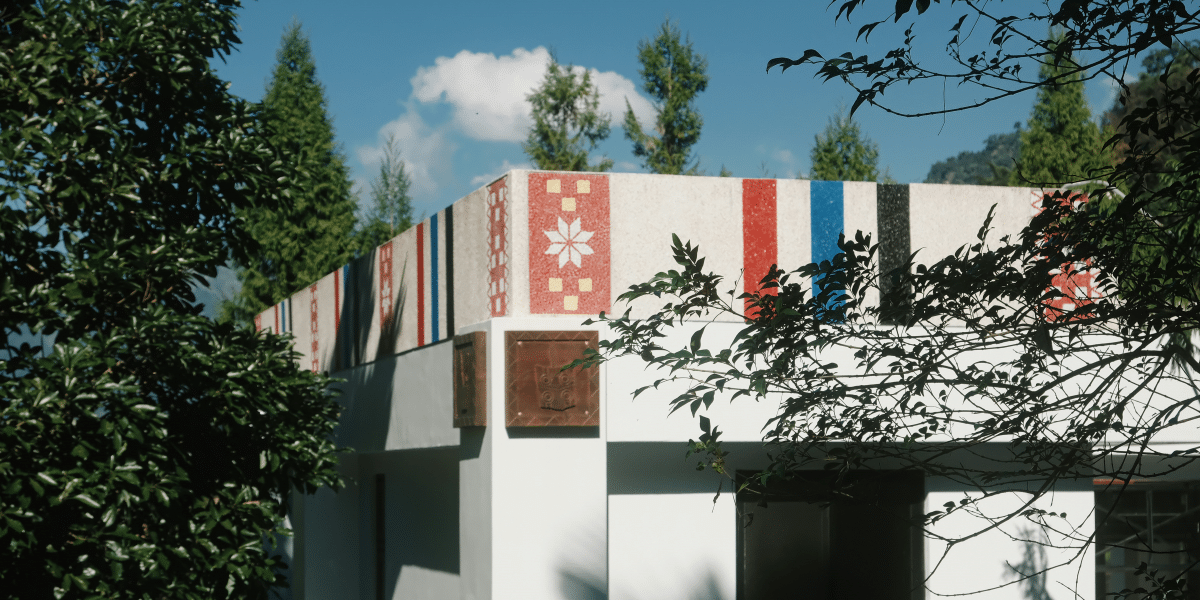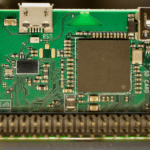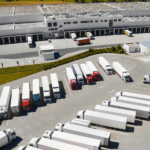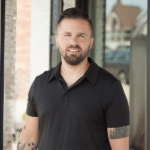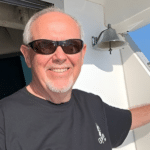By: Maria Williams
Experts suggest that the Eastern Shoshone Tribe has existed for over 12,000 years. In the early 1800s, these indigenous people were key to America’s development. Sacajawea, a young Shoshone girl guiding Lewis and Clark on their expedition of the western area of the Louisiana Purchase, was a pivotal figure in the nation’s history. Today, Shoshone individuals live across Utah, Idaho, Montana, and Wyoming. The Wind River Reservation is where the majority of the Eastern Shoshone Tribe resides. Their community is a little more than 4,000 people and is well-known for the Plains horse culture.
Damon Grant, an Eastern Shoshone Tribe member who has lived on the reservation for his whole life, is very familiar with this unique practice. However, he recognizes some limitations and hopes to address them through advocacy and the development of technology.
While direct democracy has a relatively positive history, it has limitations when used for larger communities. It can be difficult for every person to share their opinion when government meetings have time limits. In some cases, direct democracy systems can also become vulnerable to corruption. Damon has witnessed these issues in his own community. This was partially why he was so motivated to bring awareness to the benefits of direct democracy and highlight society’s need to evolve, too.
“Direct democracy can help communities address pressing issues faster and more in line with what the people are most concerned about,” says Damon. “However, people must be educated about problems and be able to share their thoughts in an effective way. If not, it can be easy for direct democracy outcomes to serve the interests of an individual rather than a group.”
Damon is at the forefront of designing a groundbreaking platform aimed at enhancing direct democracy voting and boosting community education. Recognizing the longstanding challenges in these areas, such as misinformation and the digital divide, Damon understands that creating a robust solution will require time, collaboration, and thorough research.
To tackle these issues, Damon is engaging with a network of technology experts, seeking insights that span various specialties within the tech field. He is committed to understanding the underlying issues deeply and exploring every potential avenue for innovation. His research is focused on developing methods to combat misinformation effectively and finding ways to foster stronger connections within communities through digital means.
Damon’s vision for the platform is multifaceted. He aims to create a tool that not only facilitates more informed and accessible voting processes but also serves as a central hub for educational resources tailored to community-specific needs and interests. By integrating real-time data analytics, the platform will be able to capture and analyze key concerns and interests within different communities. This feature is intended to provide a clear picture of priority issues, helping communities to focus their discussions and resources more effectively.
Furthermore, Damon envisions this platform as a dynamic space where community members can propose and vote on solutions directly. This participatory approach hopes to empower individuals by giving them a direct role in shaping their environment, thereby enhancing civic engagement and community cohesion.
In addition to its primary functions, the platform will include features designed to ensure ease of use and accessibility, such as multilingual support and mobile compatibility, ensuring that all community members have the opportunity to participate, regardless of language proficiency or access to traditional computing devices.
As Damon continues to refine the concept and develop the technology, he remains open to feedback and is prepared to iterate on the design to meet the needs of diverse communities. His ultimate goal is not just to create a functional tool but to foster a more informed, engaged, and connected society.
Damon hopes to see more changes in the Eastern Shoshone Tribe and American communities overall. “Current systems of democracy in tribal communities and the United States in general are not serving the needs of the people,” he says. “Innovation is necessary for democracy to evolve with modern issues that desperately need solutions. I hope to be part of this shift to a more effective democracy, whatever it may look like.”
Published by: Nelly Chavez


